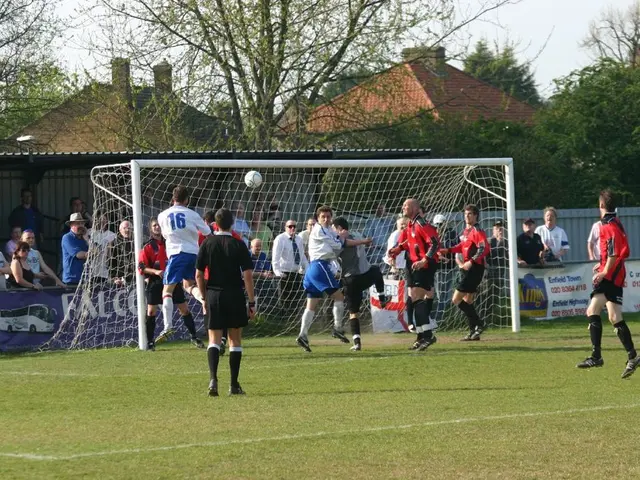Brain Science and Polygraph Examinations: Uncovering Hidden Information Through Brain Activity Analysis
Polygraph testing, a controversial method for detecting deception, has found support from the field of neuroscience. This technique, which measures autonomic nervous system responses, is now backed by research that demonstrates a link between brain activity and physiological signals.
The validity of polygraph testing lies in its ability to reveal concealed knowledge. Neuroscience supports this premise by showing that changes in heart rate, skin conductivity, and respiration are linked to brain processes involved in recognition and deception. When someone tries to conceal information, their brain activity triggers involuntary autonomic responses, which polygraph sensors measure as physiological signals indicative of stress or cognitive conflict.
Advances in neuroscience, such as brain imaging (fMRI) and EEG, have further refined our understanding of these processes. Studies using fMRI indicate that lie detection based on brain activity is often more accurate than traditional polygraph examiners’ judgments, highlighting a neural basis for detecting concealed knowledge.
Moreover, EEG and brain-computer interface (BCI) research suggest that brain signals related to concealed knowledge produce measurable brainwave patterns beyond just autonomic signals. This could potentially improve lie detection methods, as these neural signatures provide a more direct link to the brain's processing of concealed knowledge.
The Concealed Information Test (CIT) is a practical application of this neuroscientific understanding. It presents examinees with multiple-choice questions where only one option is correct and known to the guilty party. When a person tells the truth, the brain retrieves factual information without conflict. However, lying requires additional cognitive effort, including suppressing the truth, constructing a false response, and monitoring the listener's reaction.
These cognitive processes activate multiple brain regions, such as the prefrontal cortex, anterior cingulate cortex, and hippocampus. The prefrontal cortex, involved in decision-making, inhibition, and self-control, plays a crucial role in this process. The hippocampus, which stores and retrieves episodic memories, including those the examinee may wish to hide, is also activated.
Objective triggers in polygraph responses are rooted in brain recognition, not subjective interpretation. The anterior cingulate cortex, for instance, detects conflicts between truthful and deceptive responses. Polygraph instruments record these physiological responses through cardiovascular channels, electrodermal activity, and respiratory patterns.
While people can prepare false answers, they cannot fully suppress recognition-based physiological cues. The brain's recognition of relevant stimuli triggers the autonomic nervous system (ANS), producing measurable physiological responses. Recognition of the correct option triggers measurable responses, indicating possession of concealed knowledge.
In light of these findings, polygraph testing is more than a measure of stress; it is a science-backed method of detecting concealed knowledge through the body's involuntary responses to brain recognition. In skilled hands, the polygraph remains one of the most powerful truth verification tools available today.
In the UK, polygraph evidence is used primarily in specific investigative or monitoring contexts and is combined with other corroborating evidence. The science behind polygraph testing is supported by decades of psychophysiological research linking cognition and autonomic response. As our understanding of the brain continues to grow, so too will our ability to harness its power for truth verification.
Read also:
- Fragrance imports from Kaş might have been among Europe's earliest bottles discovered.
- Tech mogul Erik Bergman, founder of Great.com, contributes a million dollars to clean water initiatives in Africa.
- Internet disturbances persist on mobile networks in Krasnodar Region for a second consecutive day
- The Impact of Technology on the Evolution of Commercial Vehicle Sector








